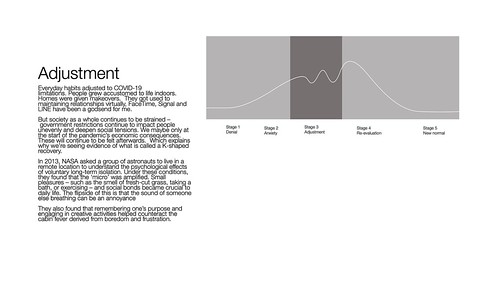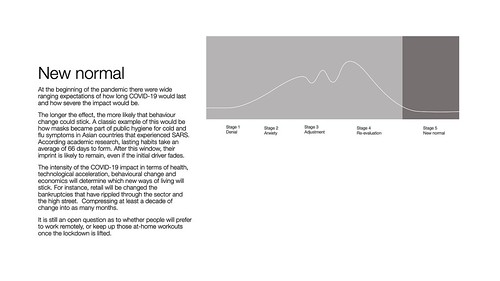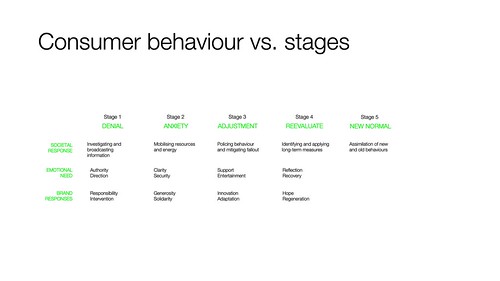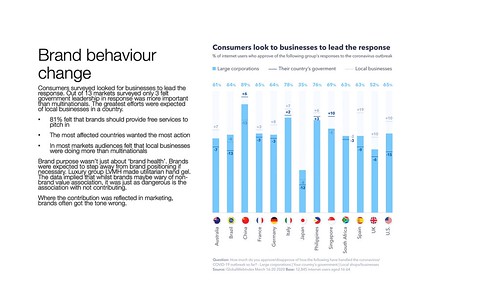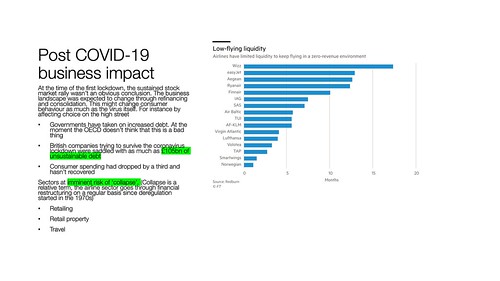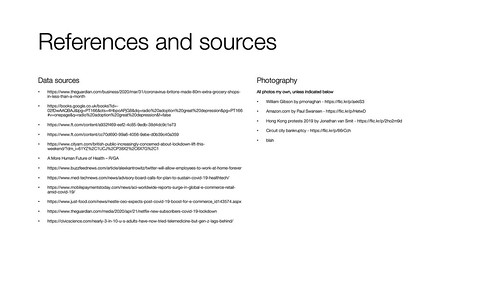CD ROM reflections
How “God Makes God” is a 1993 CD ROM about probability, game theory, genetic algorithms, and evolutionary strategies | Boing Boing – I remember having my mind blown by this CD ROM at college. It reminded me of Jostein Gaarder’s book Sophie’s World in terms of its approach to making philosophy entertaining and accessible. I remember reading Sophie’s World around the same time as having played How God Makes God. There was something about HyperCard and the CD ROM authoring tools that followed. Amidst all the brochureware there were creators who drove extraordinary media projects, most notably for me was the game Myst, which I don’t think has been bettered. I suspect part of it was the excitement of new ‘hyper-media’, the limitations of the tools (though 640MB storage at the time seemed vast when I was using an Apple PowerBook 165 with 4MB of RAM and an 80MB hard drive at the time) and the media economics of the time. CD-ROM authoring tools were becoming more sophisticated. CD manufacturing plants were proliferating, lowering the cost per CD ROM disk and CD recordable drives were relatively affordable in the price range of $10,000 – $20,000. Still eye wateringly expensive, but this was a vast improvement from just two years before and allowed for better prototyping, small production runs and testing across devices.
Design
3D printed IKEA hack experiences by Uppgradera on Etsy – really interesting aspects to the designs
Ethics
Instacart Is a Parasite and a Sham | The New Republic – The gig economy company, like many of its peers, has seen business skyrocket during the pandemic—while exploiting workers and even failing to turn a profit. That last bit reminds me a lot of the first generation dot com companies who tried to break through the wall of economics and succeed by moving at internet speed. This time they seem to have supplemented the usual ‘throw money at it’ approach with a lack of morality
Ideas
How Claude Shannon’s Information Theory Invented the Future | Quanta Magazine – the idea of binary encrypted signals
Innovation
Activist Firm Urges Intel to ‘Explore Alternatives’ to Manufacturing Its Own Chips – ExtremeTech – there are national security issues with this. I suspect this is just an opening salvo by Dan Loeb
Legal
Regulators tell Jack Ma’s Ant Group to rectify five problems – the five areas included: Ant’s inadequate governance; regulatory negligence; unlawful profit-seeking; monopolistic practices and; infringement of consumer rights, said China’s central bank vice governor Pan Gongsheng.
China orders Ant Group to rein in unfettered expansion as regulators put up fences around financial risks | South China Morning Post – Ant must return to its origins in online payments and prohibit irregular competition, protect customers’ privacy in operating its personal credit rating business, establish a financial holding company to manage its businesses, rectify any irregularities in its insurance, wealth management and credit businesses, and run its asset-backed securities business in accordance with regulations, the People’s Bank of China’s deputy governor Pan Gongsheng said in a statement on Sunday.
Luxury
From TikTok to Depop: Fashion’s new trend funnel | Vogue Business – trends like leather, feathers, neutrals or hot pinks, were relatively easy to follow: the trend funnel moved from runway to rack, with some help from popular culture along the way. This year, Gen Z users on TikTok and Depop jumpstarted a new trend funnel, quickly giving rise to aesthetics like “cottagecore” and “dark academia”, influencing young shoppers’s purchases. “If one of your favourite [TikTok] creators changes their aesthetic due to a particular trend, a whole style can be born out of it,” says Yazmin How, TikTok’s content lead. “The fashion industry is no longer the only voice directing the new season’s trends. People are tapping into TikTok to see what emerging styles are ‘in’ and what previously popular trends are coming back around.” TikTok trends manifest into purchases on Depop, where 90 per cent of users are Gen Z. In step with the rise of the cottagecore trend on TikTok, search for the term on Depop rose 900 per cent between March to August, when it reached its peak. Greater connectivity and increased time at home has boosted the amount of these consumer-led movements, and brands whose aesthetics fit the trends are benefiting, like LoveShackFancy, who specialises in the prairie dresses and gingham blouses associated with cottagecore’s countryside aesthetic – reminds me a bit of the Harajuku trends from the past 30 years. Culture and the trends that come out of it, are now massively parallel in nature
Online
FarmVille Once Took Over Facebook. Now Everything Is FarmVille. – The New York Times – legacy is in growth hacking techniques used to make it popular in the first place
Why Bella Poarch’s “M to the B” video was the top TikTok of 2020 – Vox – TikTok automates the mix of all these topics, going farther than any other platform to mimic the human editor.” At the same time, he says, it’s also “an eternal channel flip, and the flip is the point: there is no settled point of interes t to land on. Nothing is meant to sustain your attention.” The result, he argues, is what essentially amounts to “soft censorship,” or a feed that becomes as “glossy, appealing, and homogenous as possible rather than the truest reflection of either reality or a user’s desires.” How did a perfectly average competitive dancer become the No. 1 internet celebrity in the world? Why did half a billion people watch Poarch’s face bob up and down? Because these two women are the logical endpoint of the world’s most powerful entertainment algorithm: young people centering their conventional attractiveness in easily repeatable formats
Retailing
Amazon and the Rise of the Retail “Sniffer” Algorithm | The Fashion Law – the “sniffer algorithm” – or better yet, “one or more” sniffer algorithms that not only sniff out topics that a speaker is potentially interested in but that also “attempt to identify trigger words in the voice content, which can indicate a level of interest of the user.” For example, as Amazon’s patent application states, “A keyword that is repeated multiple times in a conversation might be given assigned a higher priority than other keywords, tagged with a priority tag.” At the same time, “a keyword following a ‘strong’ trigger word, such as ‘love’ might be given a higher priority or weighting than for an intermediate trigger word such as ‘purchased.’” – when does assistance become creepy?
Security
NSO used real people’s location data to pitch its contact-tracing tech, researchers say | TechCrunch – and here is the original report on which the article is based Nso Group’s Breach Of Private Data With ‘fleming’, A Covid-19 Contact-tracing Software ← Forensic Architecture
Insecure wheels: Police turn to car data to destroy suspects’ alibis | NBC News – investigators have realized that automobiles — particularly newer models — can be treasure troves of digital evidence. Their onboard computers generate and store data that can be used to reconstruct where a vehicle has been and what its passengers were doing. They reveal everything from location, speed and acceleration to when doors were opened and closed, whether texts and calls were made while the cellphone was plugged into the infotainment system, as well as voice commands and web histories. But that boon for forensic investigators creates fear for privacy activists, who warn that the lack of information security baked into vehicles’ computers poses a risk to consumers and who call for safeguards to be put in place
Web of no web
Tencent backs Chinese healthcare portal DXY in $500M round | TechCrunch – China has done a lot of work to move towards telemedicine and technology augmented health. Tencent’s WeChat was used by local governments for their COVID certificates, tracking and tracing applications. More Tencent related content here.








